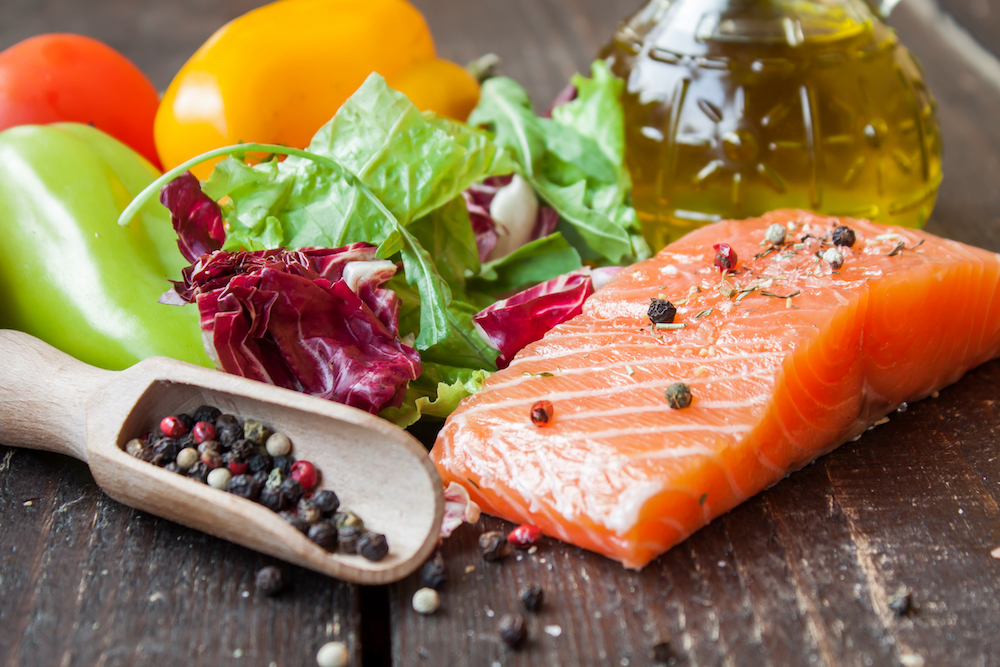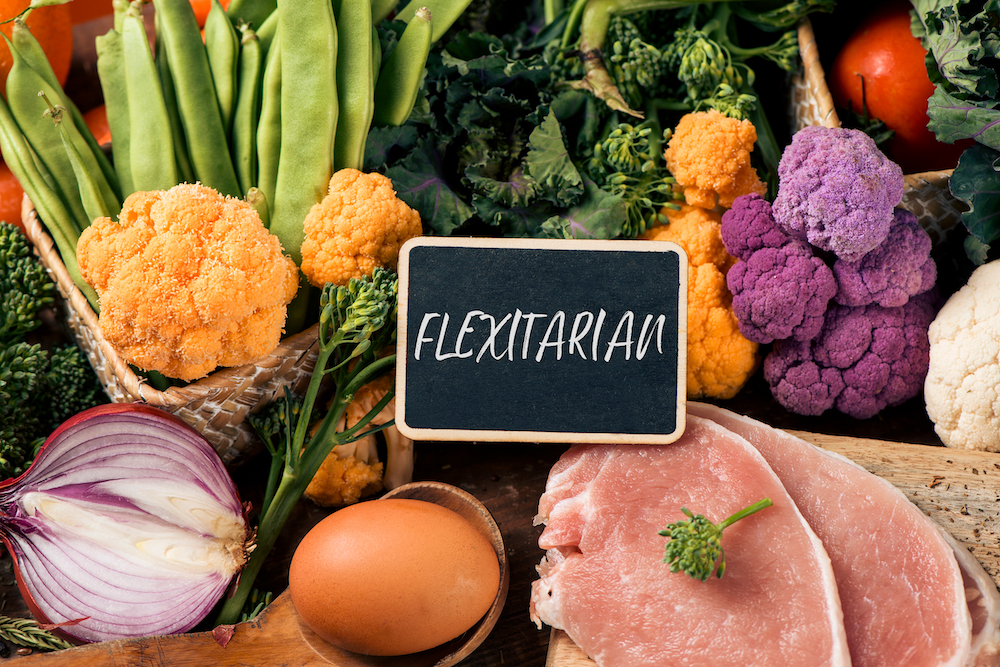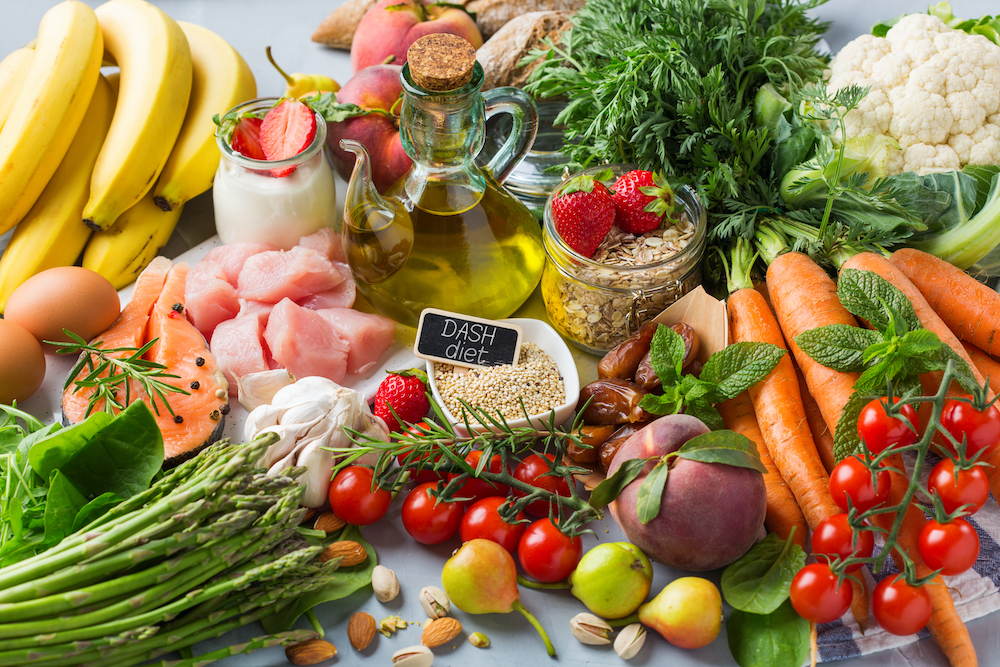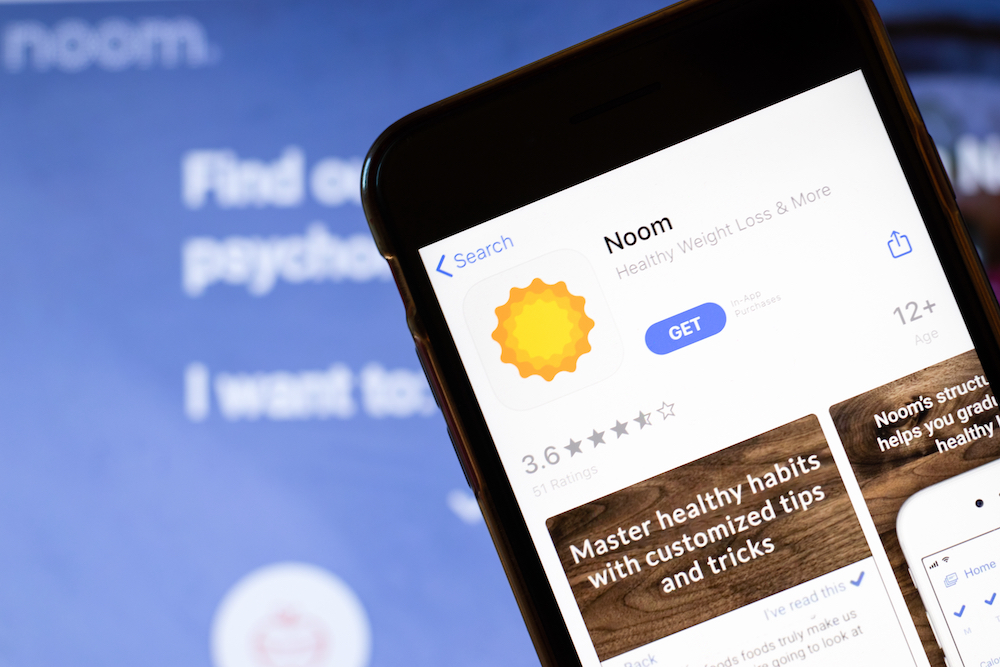Diet is a word that held a lot of stigma behind it in years past. When one mentioned or thought of the word diet, many thought of a “short-term” or “quick-fix” solution to losing weight. Over time, diets have morphed into more of a way of life instead of a short term solution and that’s simply because the actual meal plan you follow is a lot more manageable than what used to be. Eating healthy has become a way of life and one that is a lot more sustainable with the help of nutritionists, science and more effectively…results. Check out the top diets that will help you change your way of eating for the better and for good.
• Mediterranean Diet
• Flexitarian Diet
• DASH Diet
• Noom
• Weight Watchers
What is the Mediterranean Diet?
The Mediterranean diet was voted the #1 diet two years in a row! It’s simple, yet effective and exactly how it sounds, adopting the way the people that border the Mediterranean Sea eat and live. It is a fact that they live longer and healthier than most Americans, which can be attributed to their eating habits and active lifestyles. This diet consists of the following…
• Eat: Vegetables, fruits, nuts, seeds, legumes, potatoes, whole grains, breads, herbs, spices, fish, seafood and extra virgin olive oil.
• Eat in moderation: Poultry, eggs, cheese and yogurt.
• Eat only rarely: Red meat.
• Don’t eat: Sugar-sweetened beverages, added sugars, processed meat, refined grains, refined oils and other highly processed foods.
What is the Flexitarian Diet?
The Flexitarian diet is a pairing of two words: flexible and vegetarian. This diet originated in 2009 from a registered dietitian named Dawn Jackson Blatner who coined this term to express the benefits of being a vegetarian without having to completely cut out meat, hence the flexible aspect. The idea is simple, eat less meat and more plants. Every now and again, you can enjoy a burger or a steak, but try to limit your intake to once or twice a week. This will help you lose weight and improve your overall health by lowering your risk of heart disease, diabetes and cancer.
• Eat: Meals that are plant-based recipes.
• Eat in moderation: Poultry, eggs, cheese and yogurt.
• Eat only rarely: Red meat.
• Don’t eat: Sugar-sweetened beverages, added sugars, processed meat and other highly processed foods.
What is the DASH Diet?
The DASH Diet stands for dietary approaches to stop hypertension, aka high blood pressure. This diet is aimed more towards individuals that are walking a fine line with high blood pressure and either are already on medication for it or on the verge. This diet is to help you lower your blood pressure and ideally be free of any medication you may be taking for it. It emphasizes the foods we’ve all been told to eat (fruits, veggies, whole grains, lean protein and low-fat dairy), which are high in blood pressure-deflating nutrients like potassium, calcium, protein and fiber. DASH also discourages foods that are high in saturated fat, such as fatty meats, full-fat dairy foods and tropical oils, as well as sugar-sweetened beverages and sweets. Following DASH also means capping sodium at 2,300 milligrams a day, which followers will eventually lower to about 1,500 milligrams.
• Eat: Fruits, veggies, whole grains, lean protein and low-fat dairy
• Eat only rarely: Red meat and salt
• Don’t eat: Sugar-sweetened beverages, added sugars, processed meat and other highly processed foods.
What is Noom?
Noom is not necessarily a restrictive diet, but more of a weight-loss program within an app. They claim to be the “last weight-loss program you’ll ever need”. Their focus is not only on your dieting and weight loss, but on making behavioral changes that will help you succeed and live a healthier lifestyle both physically and mentally. The app educates you on the best foods to eat rather than instilling fear around the foods not to eat. Along with that, they ask a series of questions on a daily basis and provide you with a health and wellness coach, although not necessarily a registered dietitian or certified trainer. With this app, you log all of the food you eat and daily exercises. They then provide you feedback with a simple traffic light method in terms of your eating habits, such as…
• Green light: If you are eating healthy, they’ll post a green light which means you are most likely eating a lot of fruits and veggies which are the least calorie-dense and contain the highest concentration of healthy nutrients.
• Yellow light: If you are eating semi-healthy foods, but may contain more calories than necessary such as meat and dairy.
• Red light: If you are eating calorie-dense and low nutritional foods such as anything processed, high in sugar and high in fat.
What is Weight Watchers?
Weight Watchers has been around for many years now, but has been refined overtime and recently launched a newer product in 2019 called the myWW program. This is a program that is customizable and flexible to best fit you. The program builds on WW’s SmartPoints system, which assigns a point value to every food and beverage you consume based off of the nutritional value of each. This allows you to not have to limit your food selection, but merely limit your intake based off of the point system. This program comes at a price, but has proven to be very successful when one sticks to it.
• Eat: What you want, no foods are off-limits.
• Don’t eat: There’s nothing you can’t eat, it’s merely about intake limitation.
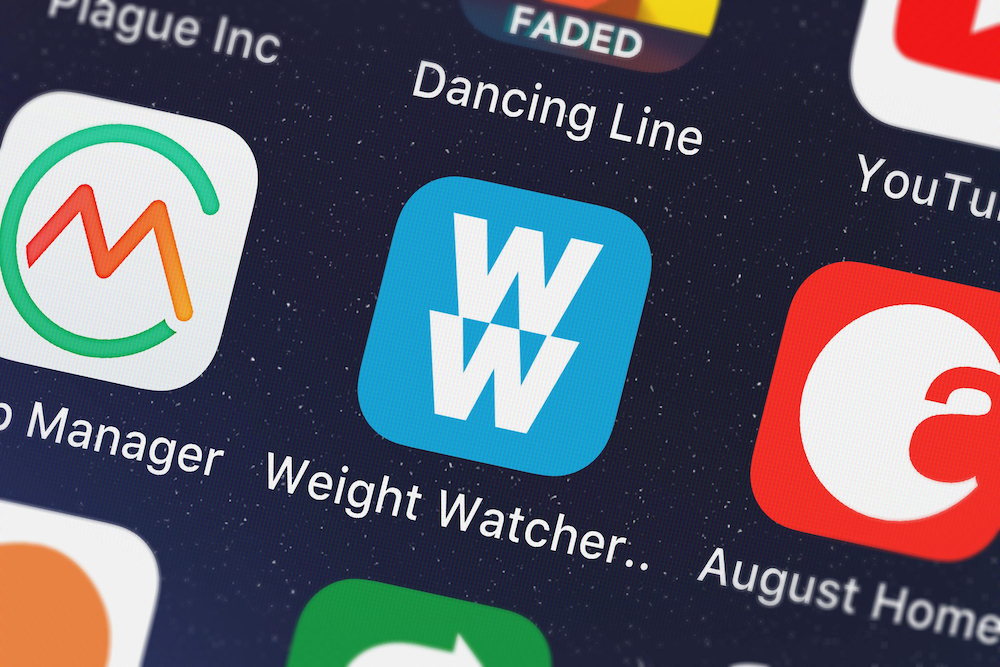
At the end of the day, choosing a diet program from one of the above or even another one comes down to which is the best fit for you and the lifestyle you want to live. There isn’t a “one-size fits all” diet out there. Sometimes you need to test out a few to find the best fit and fully commit in order to see the best results.
